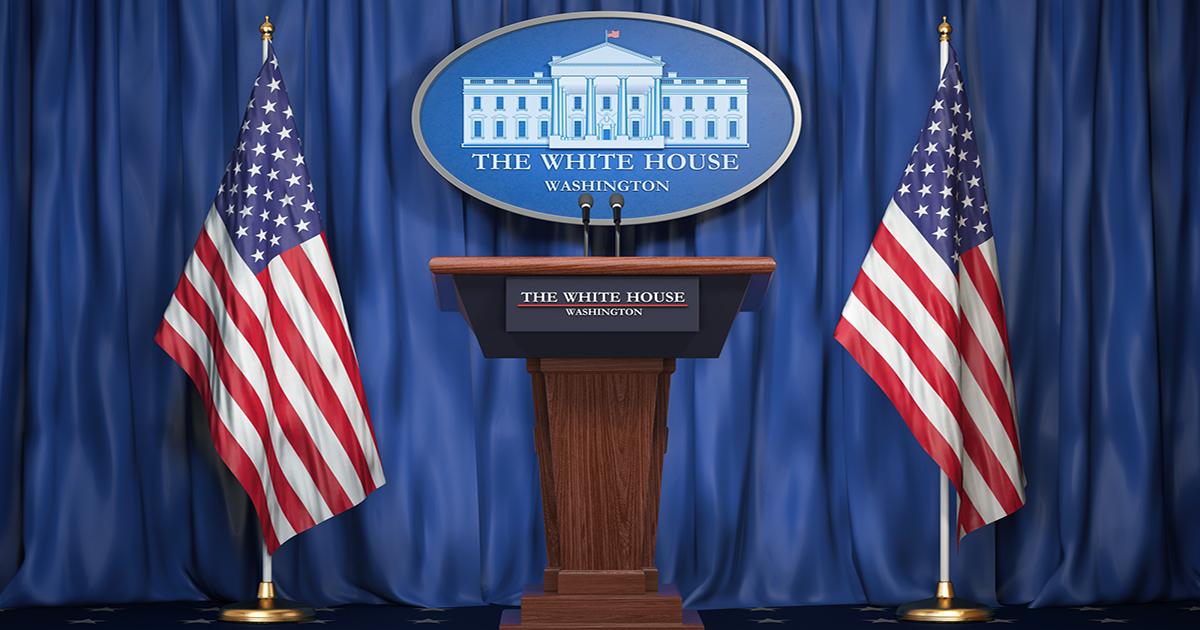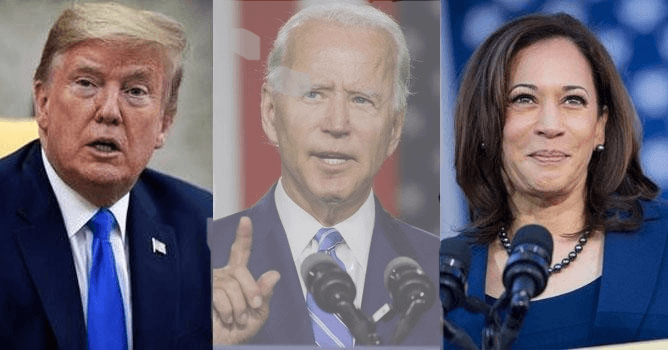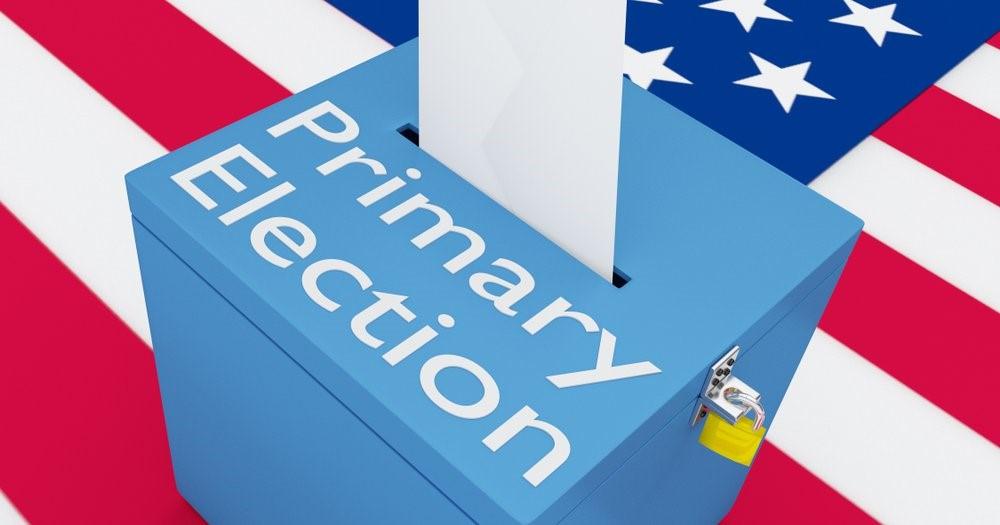Sunday 16 November 2025
US Presidential Elections Countdown: How are US Presidential Nominees Selected?
Share

Vice President Kamala Harris has received former President Bidens endorsement as the Democratic nominee.Following President Joe Biden’s decision to withdraw from the US presidential re-election race, Harris is set to be the Democratic nominee.
Meanwhile, former President Donald Trump has been selected as the Republican nominee after securing a series of victories in primaries and caucuses.

The United States holds a presidential election every four years on the first Tuesday after the first Monday in November. The upcoming election is scheduled for November 5, 2024.
The US presidential election process follows a typical cycle:
Candidates must register with the Federal Election Commission in order to officially enter the presidential race. Although there is no specific federal deadline for registration, candidates must meet certain additional requirements.
Candidates announce their decision to participate in the election.
Primary and caucus debates take place throughout the spring of the election year.
In this period, presidential primaries and caucuses are conducted by states and political parties.
The nomination of conventions is organized by parties to select their presidential candidates. The vice president running mate is typically announced by the presidential candidate right before or during the convention.
In this period, candidates participate and engage in presidential debates.
Election Day falls on the first Tuesday following the first Monday of November.
The Electoral College is the group of presidential electors who cast their votes for the president and vice president.
In early January, the Congress counts the electoral votes.
On January 20, the Presidential Inauguration Day occurs.
The process of the US election begins several months before the voting day through primaries and caucuses. Both aim to choose delegates to represent their states at the national conventions of the parties.

Primaries are held in most US states that are administered by the state governments. In closed primaries, only registered party voters can vote, whereas in open premises anyone can vote.

Caucuses are organized by political parties and are also held in a handful of states. Voters are required to physically attend designated meetings wherein they divide into groups to support certain candidates and convince others to join their groups.
The way delegates are assigned varies depending on the party and state. These ultimately vote at the national conventions of their respective parties. The candidates who are garnered with the support of the majority of delegates win and secure the presidential nominations.
Newsletter
Stay up to date with all the latest News that affects you in politics, finance and more.